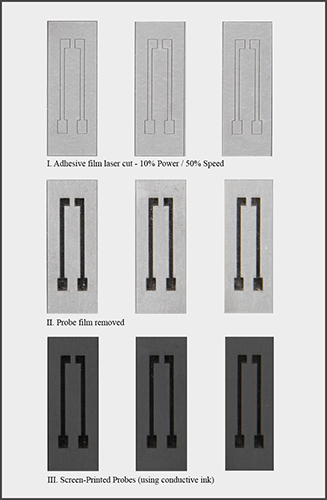Autonomous Vehicle Laboratory - Contextual Robotics Institute
The Autonomous Vehicle Laboratory is a research team at UC San Diego led by the Contextual Robotics Director, Dr. Henrik. I. Christensen. The group's research focus
is to explore and develop robust self-driving car systems and architectures. Under Dr. Christensen's supervision, David Paz has explored the capabilities and limitations of
today's self-driving technology: localization and mapping using LiDAR technology, vision and LiDAR based obstacle detection and fusion, low-level controls, and planning.
The team is currently working on addressing some of the draw-backs of using LiDAR sensors, dense point cloud maps, and HD maps. Due to the constant maintenance required
and the high costs of using LiDAR sensors, scalability is hindered.
With safety measures in place, the UC San Diego campus is also serving as a testing ground for self-driving cars. The two development platforms have been used to delivery mail autonomously to different locations on campus and last-mile transporation for campus visitors, students and patients.
https://youtu.be/


